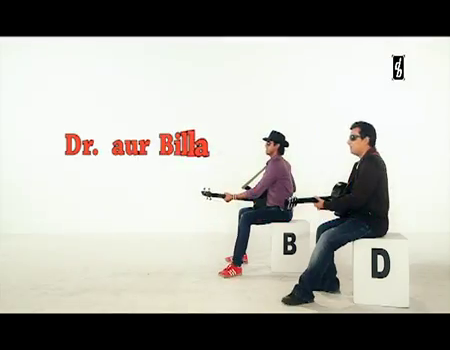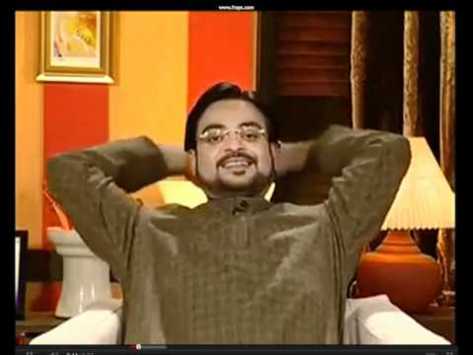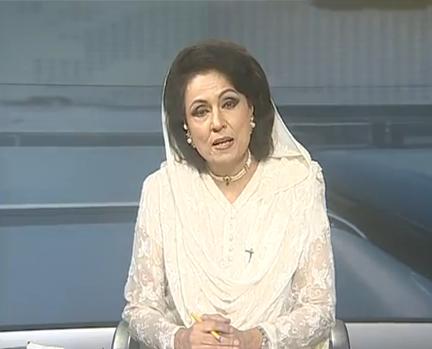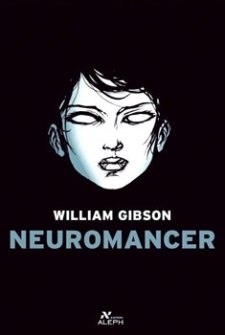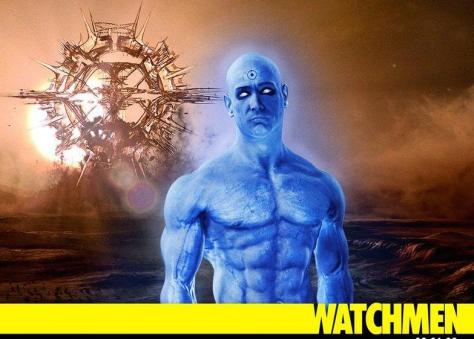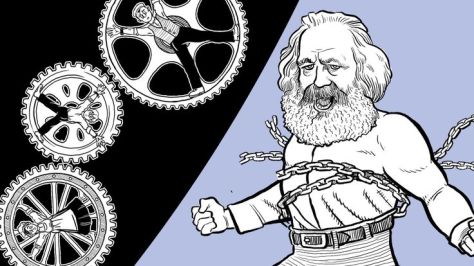 The pop culture machinery has always been generating alternative viewpoints that the state has been unable to successfully repress, whether it was Junoon’s banned Ehtisab in the 90s or Beghairat Brigade’s Aloo Anday in 2011. Through the presence of mass acceptance and love for Junoon, Ali Azmat today has modeled himself as a spokesperson for a political youth. Similarly Ali Aftab Saeed of Aloo Anday fame has been writing about media and national politics in national newspapers and has quite a readership.
The pop culture machinery has always been generating alternative viewpoints that the state has been unable to successfully repress, whether it was Junoon’s banned Ehtisab in the 90s or Beghairat Brigade’s Aloo Anday in 2011. Through the presence of mass acceptance and love for Junoon, Ali Azmat today has modeled himself as a spokesperson for a political youth. Similarly Ali Aftab Saeed of Aloo Anday fame has been writing about media and national politics in national newspapers and has quite a readership.
Power and national/community culture create a symbiotic relationship over time where they both reinforce the status quo. Pop culture is the only element of culture that can resist the status quo, especially in traditional conservative societies were views on religion, social relationship and political power are deeply entrenched. Most of our counters to the status quo come from pop culture.
Examples of resistance to the state narrative are abound. They include Laal, the band formed by two academics with a common interest in Marxist theory. Osman Khalid Butt in his YouTube commentaries constantly critiques dominant social norms. And then we have a massive corpus of Pakistani meme’s hosted on Facebook pages like The Sarrialist Movement and Sarcasmistan, providing us with a daily changing commentary on Pakistani life and culture with humour and wit to boot.
Indian culture and it’s influence in Pakistan cannot be understated… what with Veena Malik marketing herself as the nation’s Malika Sherawat (with added masala), and Amitabh Bachan being a household name. Our parents and grandparents grew up on Kishore Kumar’s music and Rajesh Khanaa’s acting. There is a long history of shared stardom with Muhammad Rafi, Nusrat Fateh Ali and Adnan Sami Khan.
This connection is sometimes lamented as the pollution of a Pakistani-Islamic culture with pagan Indian influence. In conservative discussions, the influence of Hinduism and India is ignored when it comes to our customs and traditions, but this concern is irrelevant to pop culture. It just isn’t something that can be nationally or ideologically controlled.
What it is, is a collection of actions and influences that creates something instantly recognisable. Nadeem and Waheed Murad would always have stiff competition from across the border. Much of our urban youth looked to Shahrukh Khan and Kajol for entertainment in the 90’s and Imran Khan and Katrina Kaif today, rather than Pakistani actors like Moammar Rana or Saima who seem to have graced the silver screen since time immemorial. The neighbourly influence is natural.
Cultures have regional and national characteristics, so for the subcontinent that has a shared history of centuries, it is natural that Pakistani would be part of the cultural influence of a much bigger and louder neighbour. A decade ago, Kyun Ke Saas Bhee Kabhi Bahu Thee had a monopoly over the hearts and minds of housewives everywhere. Only recently did shows like Humsafar take this territory back. But not completely. Within culture’s own struggle for identity, whether through an agenda, or for want to identify with something non-Indian and “Islamic”, the broadcasting and watching of Turkish soaps dubbed in Urdu has become a favourite national pastime.
Across the border, Prime Minster Modi has made Smriti Irani, aka Tulsi, the actress of Kyun-Ke-Saas-Bhee-Kabhi-Bahu-Thee fame, his Human Resource Minister— a move that would fit well in an Indian soap. The influence that popularity has on political power cannot be understated. There is no other way to explain why the actor Arnold Schwarzenegger could have such political success as to become the Governor of California. Or the mass appeal Imran Khan has and his success in Pakistani politics. His status as a national cricket icon has reaped him great dividends in his political ambition. What is familiar is easier to trust, and the nostalgia his cricketing days produce in our hearts and minds help us feel better about him as a leader.
There is huge support in political and cultural theory for popular culture as an untapped source for mass empowerment. Traditions from Gramsci (the Italian Marxist philosopher) see pop culture as a space of struggle between subordinated groups and the forces of ‘incorporation’ operating in the interests of dominant groups in society. Post-modern theory even goes so far as to reject the distinction between dominant or ‘high’ culture (fine art, architecture etc.) and pop culture, giving as much importance to the phenomenon of crass Punjabi films as one would to high brow films like Ramchand Pakistani.
The Nation, July 9 2014.

